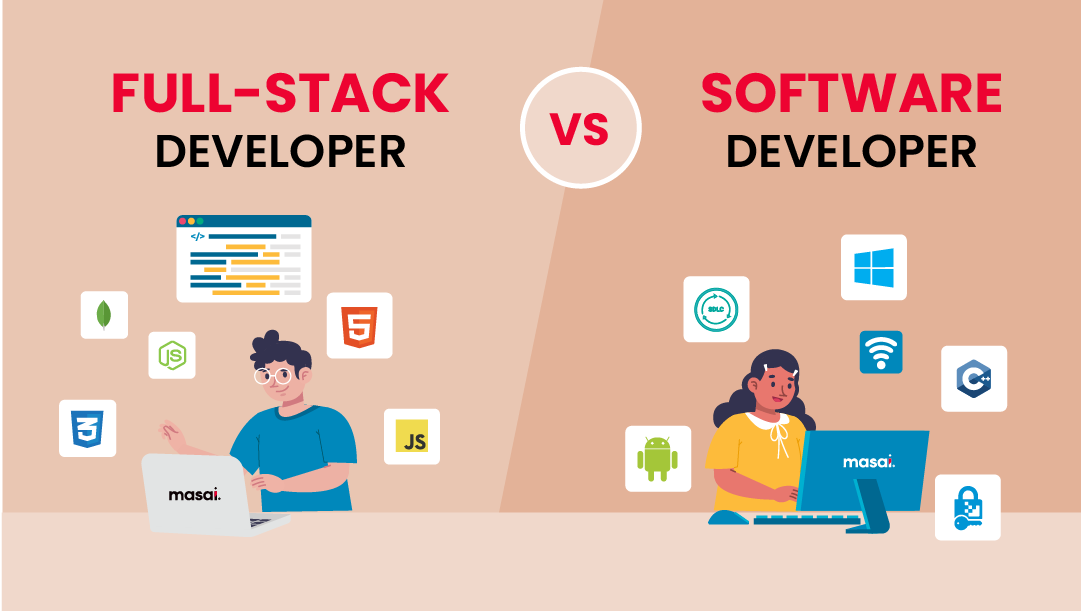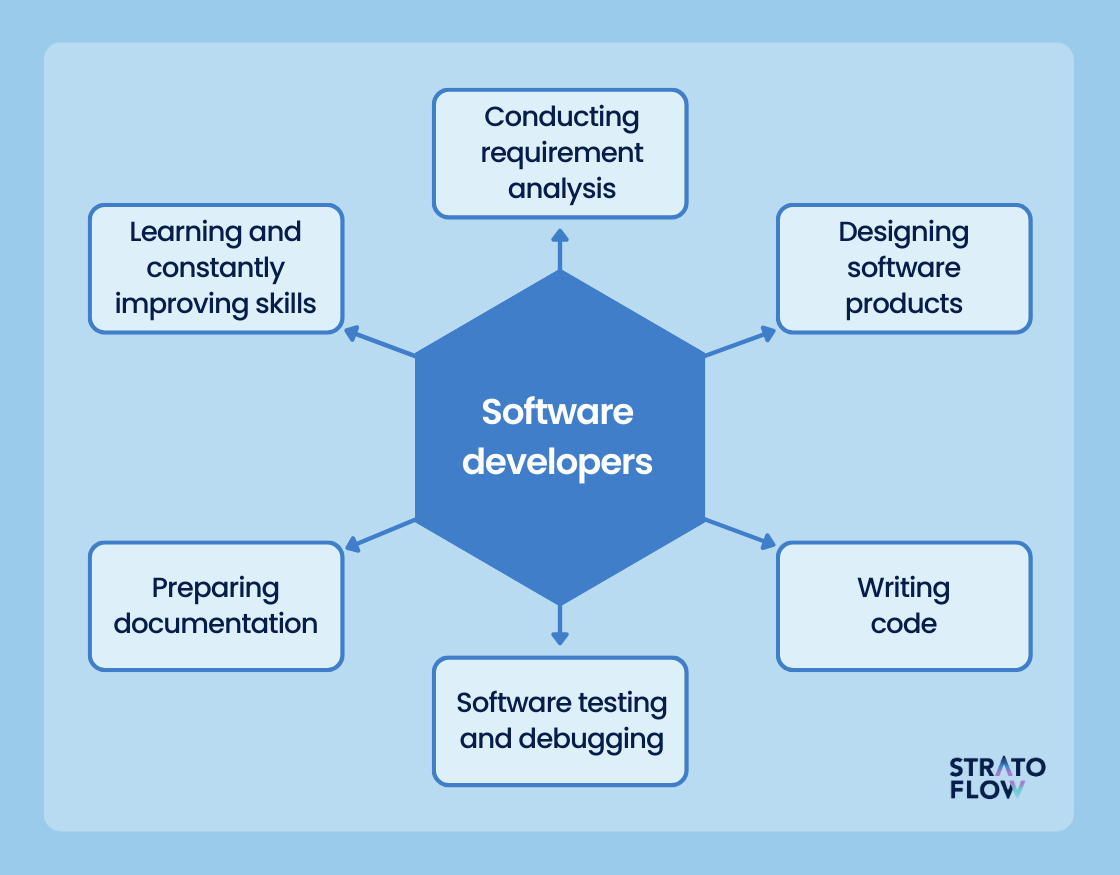Committed Developers vs. In-House Teams: Which Is Right for You?
The choice between utilizing dedicated developers and keeping an in-house group is a substantial one that can affect the trajectory of your jobs and overall service approach. Committed developers offer a degree of adaptability and specific know-how that can be useful for certain, short-term campaigns. Conversely, in-house teams add to a cohesive business society and a nuanced understanding of lasting objectives. By taking a look at critical factors such as budget, project range, and wanted control, you can better identify which strategy aligns with your organizational requirements. The effects of this selection extend past instant end results-- take into consideration the more comprehensive effect on your business landscape.
Understanding Committed Designers
The expanding need for specialized skills in the technology sector has brought about the introduction of dedicated programmers as a practical solution for lots of organizations. These professionals are typically acquired on a project basis, enabling firms to utilize particular knowledge without the lasting dedication associated with permanent hires. Dedicated programmers are usually embedded within a client's group, giving flexibility and scalability to meet job needs.
This design enables companies to access a worldwide talent swimming pool, which is especially beneficial in a quickly advancing technical landscape. Dedicated programmers can be sourced from various geographical locations, guaranteeing that firms can find the ideal ability at competitive rates. They frequently bring a riches of experience and understanding, having worked with diverse tasks across different markets.
In addition, committed developers can focus exclusively on the tasks available, improving performance and performance. They are outfitted to incorporate perfectly into existing operations, working together closely with in-house teams to achieve job goals. This technique not just lowers the worry of employment and training however also allows companies to stay active, adjusting swiftly to altering market demands and technological advancements.
Benefits of In-House Teams

Furthermore, internal groups tend to have a much deeper understanding of the firm's objective, values, and objectives. This alignment can improve employee involvement and motivation, as staff member feel extra connected to their work and the organization's success. In addition, having a dedicated in-house group enables much better positioning of goals and strategies, as these members are constantly concentrated on the business's top priorities.
In-house groups additionally promote quicker decision-making procedures, as they can respond much more rapidly to challenges and modifications. The established connections and experience with business procedures permit streamlined process and minimized miscommunication. Inevitably, the mix of a cohesive culture, alignment with organizational goals, and reliable communication makes in-house groups a useful property for several companies, specifically those aiming to grow lasting development and advancement.
Price Factors To Consider
When reviewing price factors to consider, both committed programmers and internal teams existing unique financial ramifications for companies. Engaging dedicated developers typically involves a pay-per-project or per hour rate model, which can be economical for organizations with changing job needs. This technique enables for flexibility in scaling resources up or down, making certain that firms just pay for the services they require.
On the other hand, internal groups involve fixed expenses, including incomes, advantages, and overhead costs such as workplace and tools. While this design uses greater control and prompt accessibility of sources, it may lead to greater long-lasting costs, specifically if the work does not validate a full time personnel.
In addition, companies ought to consider the surprise costs connected with recruitment and training of internal employees, which can better stress budget plans. Sometimes, the time and sources spent on taking care of an internal team can detract from the organization's core organization goals.

Project Management and Versatility
Project administration and versatility are important aspects that affect the option in between Recommended Site dedicated programmers and internal groups. Committed developers usually use a high level of adaptability, permitting companies to scale resources up or down based upon project needs. This dexterity can be especially beneficial for services experiencing changing workloads or those looking for to innovate quickly. Committed groups usually have actually established procedures for taking care of tasks efficiently, leveraging certain methodologies like Agile or Scrum, which assist in iterative progression and flexibility.

Eventually, the choice between devoted developers and internal teams hinges on the preferred level of adaptability and the specific task management requirements. Firms Recommended Reading should examine their operational dynamics, project intricacy, and source availability to establish which option aligns ideal with their calculated purposes.
Making the Right Option
Choosing the best advancement technique-- internal groups or dedicated designers-- requires a cautious evaluation of different aspects that straighten with a company's critical objectives. dedicated development team. Take into consideration the nature of the project. Committed designers may be more appropriate if it requires specialized abilities or a quick scale-up. Conversely, in-house teams can provide much better connection and combination with existing workers.
Following, review your budget plan. Dedicated programmers usually provide an economical service for short-term projects, while internal teams may sustain greater long-lasting costs due to salaries, advantages, and expenses costs. Evaluate the degree of control and partnership wanted; in-house groups commonly cultivate more powerful interaction and placement with company society.
If prompt outcomes are required, specialized developers can be onboarded quickly, whereas developing an in-house group takes time for recruitment and training. If continual imp source growth is essential, investing in an in-house group might generate far better returns over time.
Conclusion
Finally, the choice in between committed developers and internal groups pivots on task requirements and organizational purposes. Dedicated developers provide flexibility and specific expertise, making them appropriate for temporary campaigns. Alternatively, in-house groups grow a natural culture and much deeper positioning with lasting goals. Mindful evaluation of spending plan restraints, job timelines, and desired control degrees is important for figuring out the most appropriate strategy, making certain placement with tactical concerns and operational performance.
The choice in between utilizing devoted designers and maintaining an in-house group is a substantial one that can impact the trajectory of your tasks and total service technique.Project administration and adaptability are crucial variables that influence the option in between dedicated designers and in-house groups. hire dedicated developers.In contrast, in-house teams might excel in keeping a constant project administration structure due to their knowledge with the company's culture and lasting objectives. Dedicated programmers usually provide a cost-efficient service for temporary tasks, while in-house groups may incur greater lasting costs due to wages, advantages, and expenses prices.In conclusion, the decision between devoted designers and in-house groups hinges on job needs and business objectives